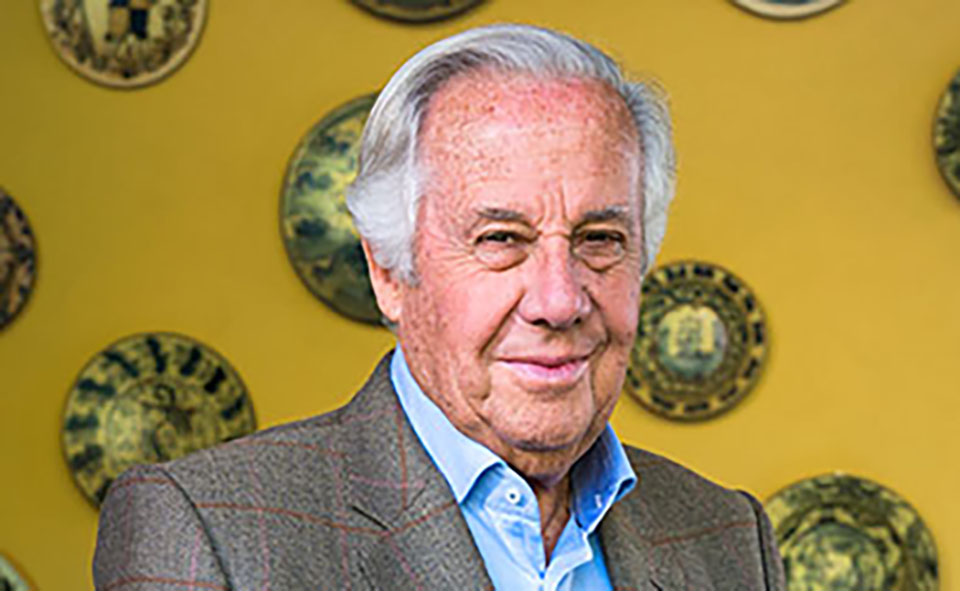
Now then, here’s a quiz question to start us off. What do these grapes have in common: Feigentraube, Genetin, Melkii Sotern, Puinechou, Quinechon, Uva Pelegrina and Zöld Ortlibi? You’d be forgiven for thinking that they’re all obscure grapes from Eastern Europe, but the correct answer is that they’re synonyms for our old friend Sauvignon Blanc. If you got the answer correct, congratulations. Collect your modest prize money from the man at the door on the way out.
The French name Sauvignon Blanc derives from sauvage (“wild”) and blanc (“white”) and although no one knows for sure its exact origins, it began life as a wild grape somewhere in South West France. Today of course, it’s planted in many wine regions of the world which accounts for the large number of different names – over seventy of them to be more exact. One thing they seem to have in common is that people either love or hate the taste. It’s easy to see why personal opinions differ so dramatically because the taste depends largely on where the grapes are grown.
Classic Sauvignon Blanc wine (sometimes known as “SB” in the trade) from the Loire Valley is often described as “crisp, elegant and fresh”. If you want to taste a classic SB, the Loire is the place to look. Some have noticeable acidity and “green flavours” of grass, minerals, nettles and green capsicums – also known as bell peppers. Sauvignons from New Zealand can be aggressively flavoured and grassy with toe-curling acidity. I remember tasting one last year which was so acidic it was barely drinkable. The Sauvignons from Chile have become popular in recent years, partly because they often strike a happy medium; less of the typical “green” flavours and more fruit-forward with less acidity and bite. The wines are light, refreshing and citrusy and often considerably cheaper than their cousins from France and New Zealand. The wines are typically simple, but enjoyable. Incidentally, Sauvignon Blanc was one of the first fine wines to be bottled with a screwcap, especially by New Zealand producers. This is because the wine is usually consumed young and with the exception of some up-market wines from Pouilly-Fumé and Sancerre it doesn’t usually benefit from ageing.
Luis Felipe Edwards, Sauvignon Blanc 2021, Chile. (Bt. 599 @ Tops)
The name “Edwards” is not one that you normally associate with Chile yet it’s common in Britain. It’s evidently the fifth most common name in the English country of Shropshire and the seventh most common in the adjacent Welsh counties of Flintshire and Denbighshire. In Wales, you see the name almost everywhere you go.
The history of Viña Luis Felipe Edwards dates back to 1976, when Luis Senior bought a small estate in Chile’s Colchagua Valley. At that time, it was planted with sixty hectares (about 148 acres) of vines consisting mainly of Cabernet Sauvignon, Malbec, Carmenere and Merlot. Seeing the potential of the estate, Luis decided to make wine under his own name rather than simply provide grapes for cooperatives. A modern winery was eventually built and the first vintages appeared on the international market in 1995.
 LFE Wine Group (as it is now called) now has over two thousand hectares of prime vineyard in the diverse valleys of Chile. The company produces an extensive range of premium wines which are all vegan-friendly because agents normally used to clarify wine, such as egg whites, gelatin or bone meal are never used. LFE Wine Group is now the largest family-owned wine company in Chile, located in the heart of Colchagua Valley.
LFE Wine Group (as it is now called) now has over two thousand hectares of prime vineyard in the diverse valleys of Chile. The company produces an extensive range of premium wines which are all vegan-friendly because agents normally used to clarify wine, such as egg whites, gelatin or bone meal are never used. LFE Wine Group is now the largest family-owned wine company in Chile, located in the heart of Colchagua Valley.
As you might guess from the price, this is an entry-level example and one of the more modest offerings from the vast range of fine wine that this company produces. The aroma comes, as expected, with a good dose of citrus fruit, plenty of pineapple and just a touch of grassiness. On the palate, there’s plenty of citrus and I think I detected a touch of grapefruit and melon too. Although it is only 12% ABV, this wine is no shirking wall-flower, but a confident, fruit-forward, mouth-filling wine with a good balance of body and acidity. You might pick up a touch of dry herbs on the flavour and there’s a good crisp finish too.
It would make a pleasing partner for assertive seafood or chicken dishes. Drink it pretty cold because this brings out the freshness and crispiness. In general, Sauvignon Blanc pairs well with chicken, turkey, pork and many fish dishes including smoked salmon. It works well with soft, flavorful cheeses like chèvre (goat cheese), mozzarella di bufala or crème fraîche. Not surprisingly, Sauvignon Blanc works well with green vegetables including cucumber dill salad, fried zucchini, green beans or bell peppers. It’s also one of the few wines that go well with Japanese sushi.
 |
 |
 |





